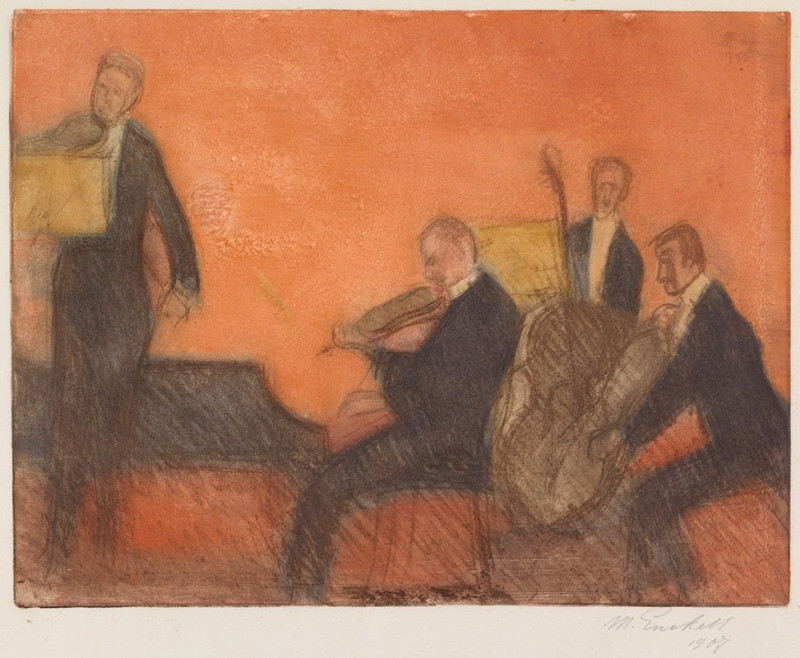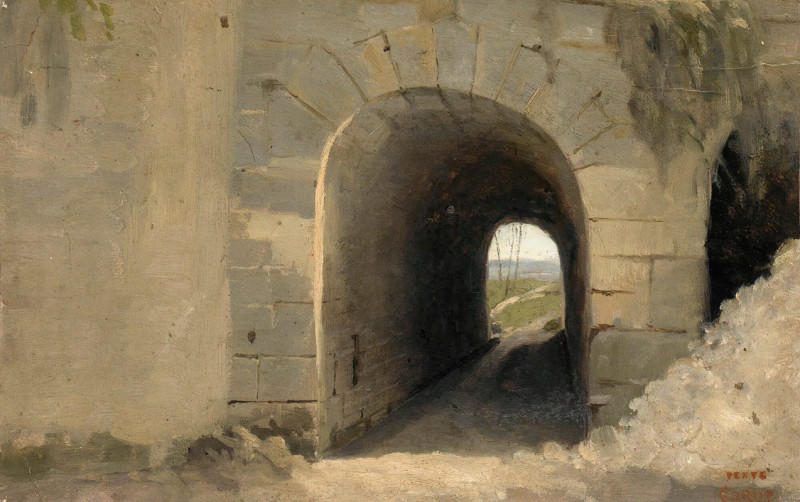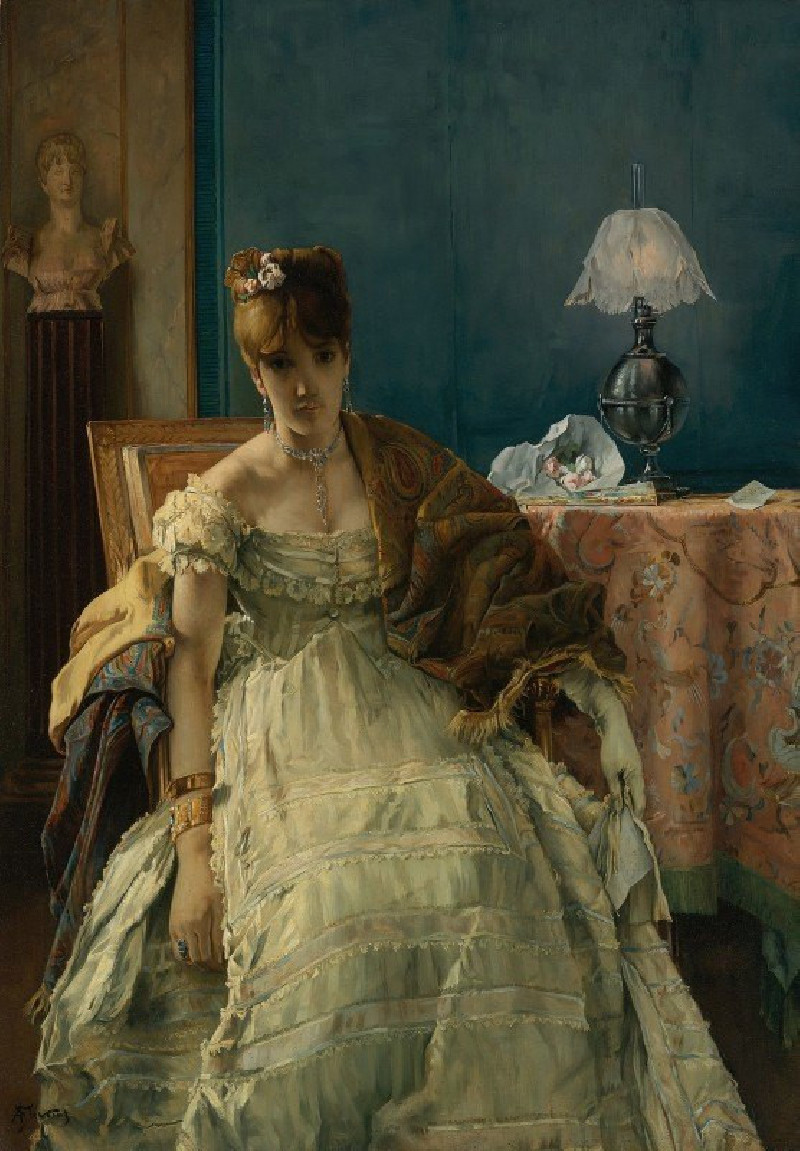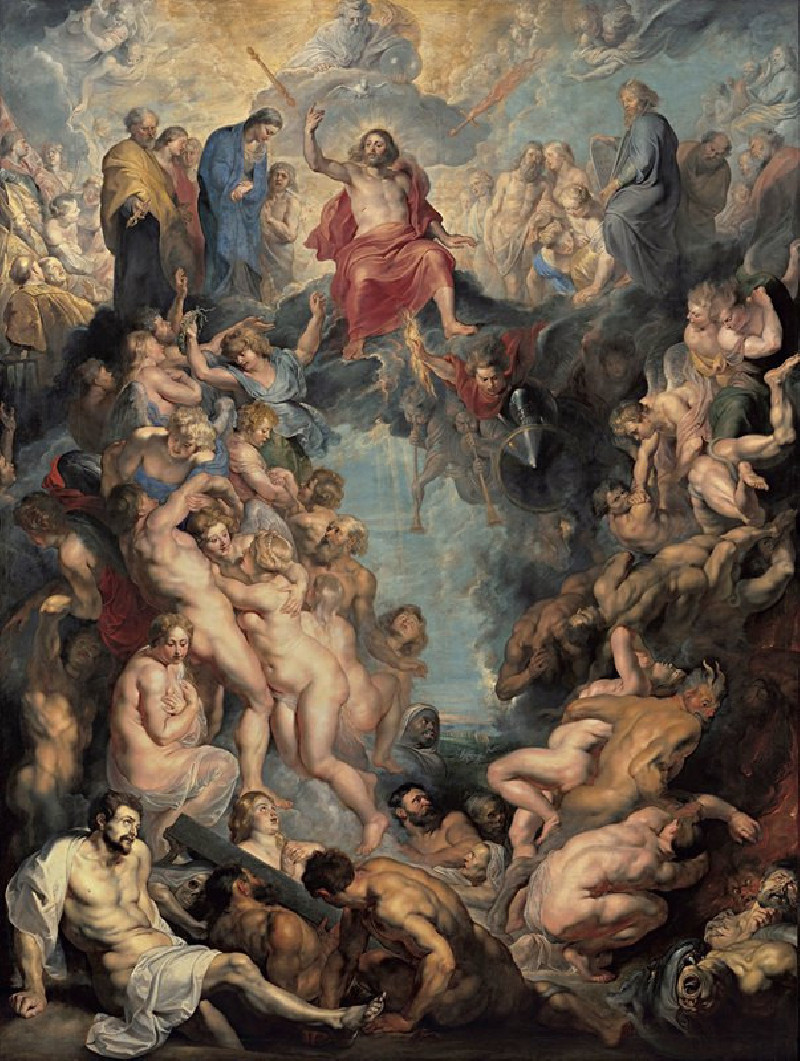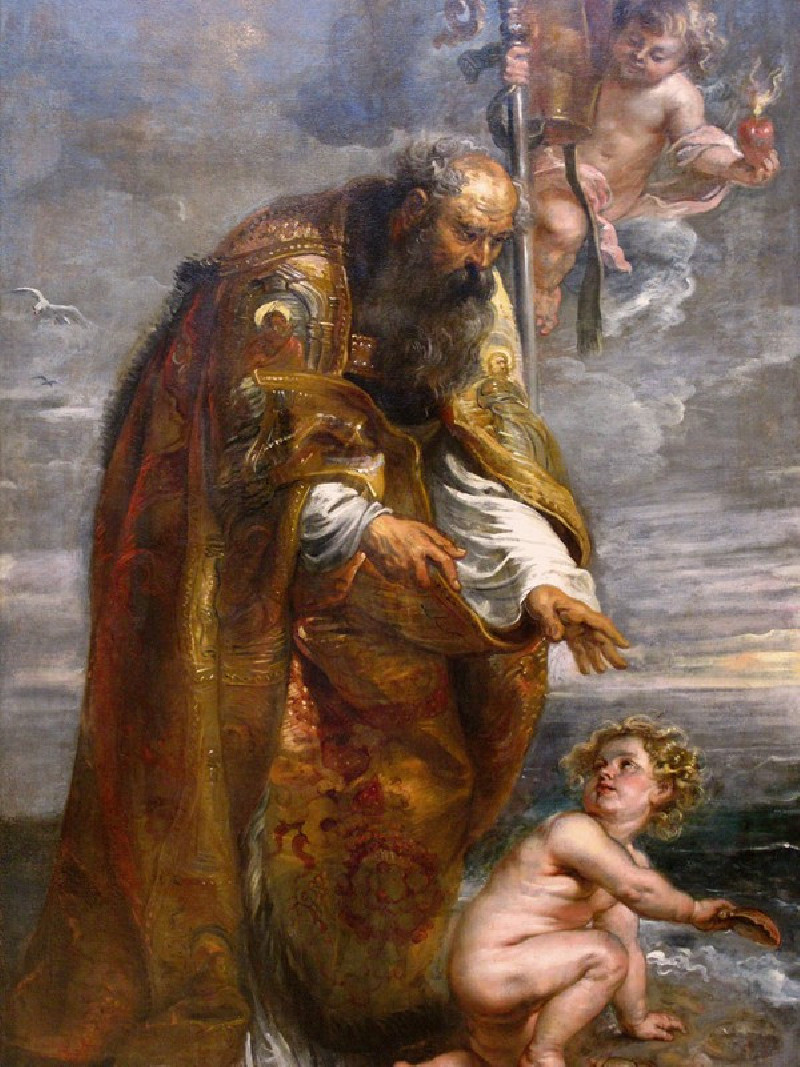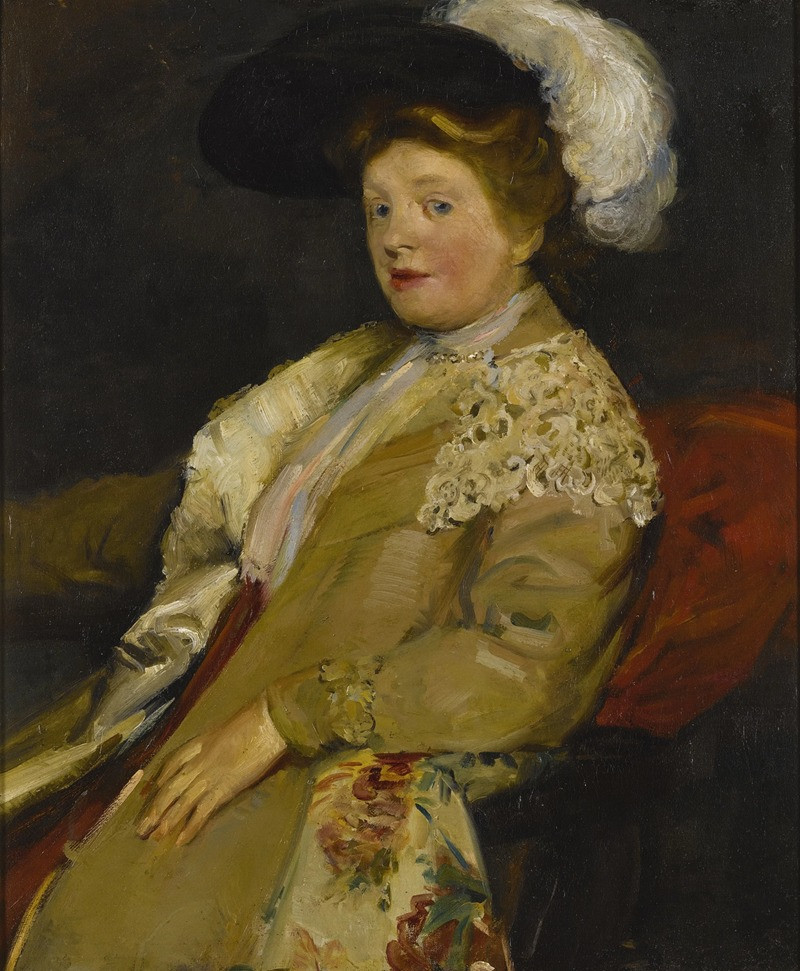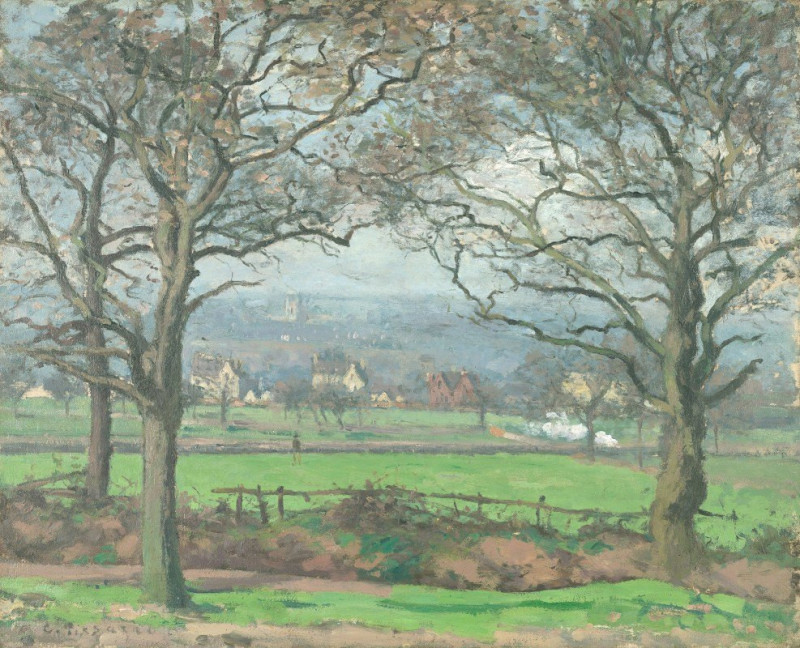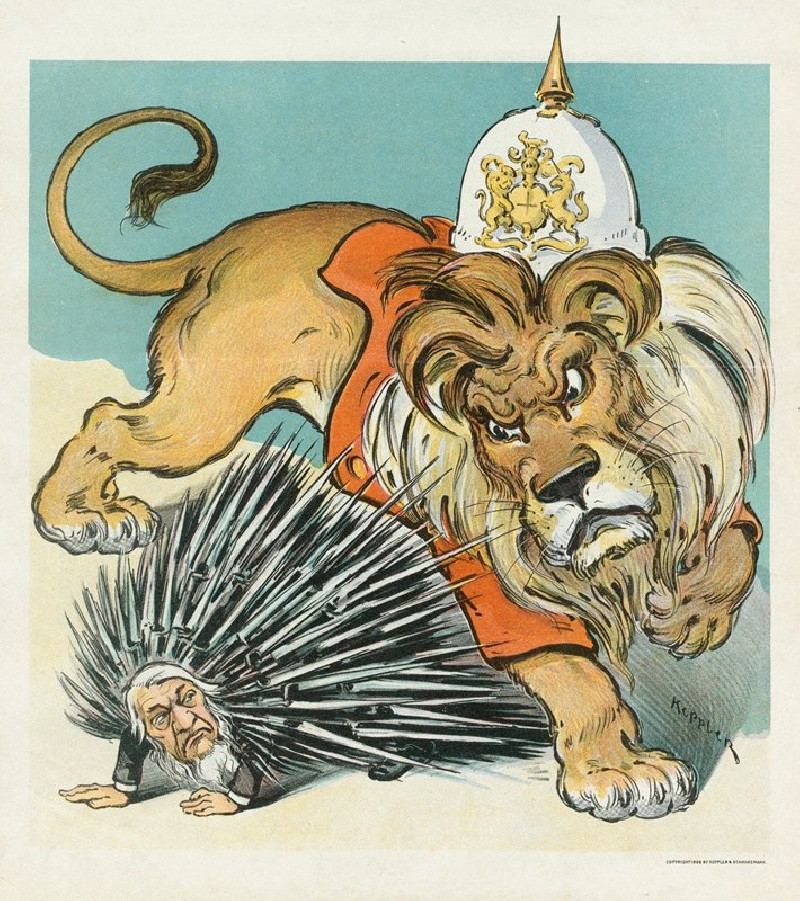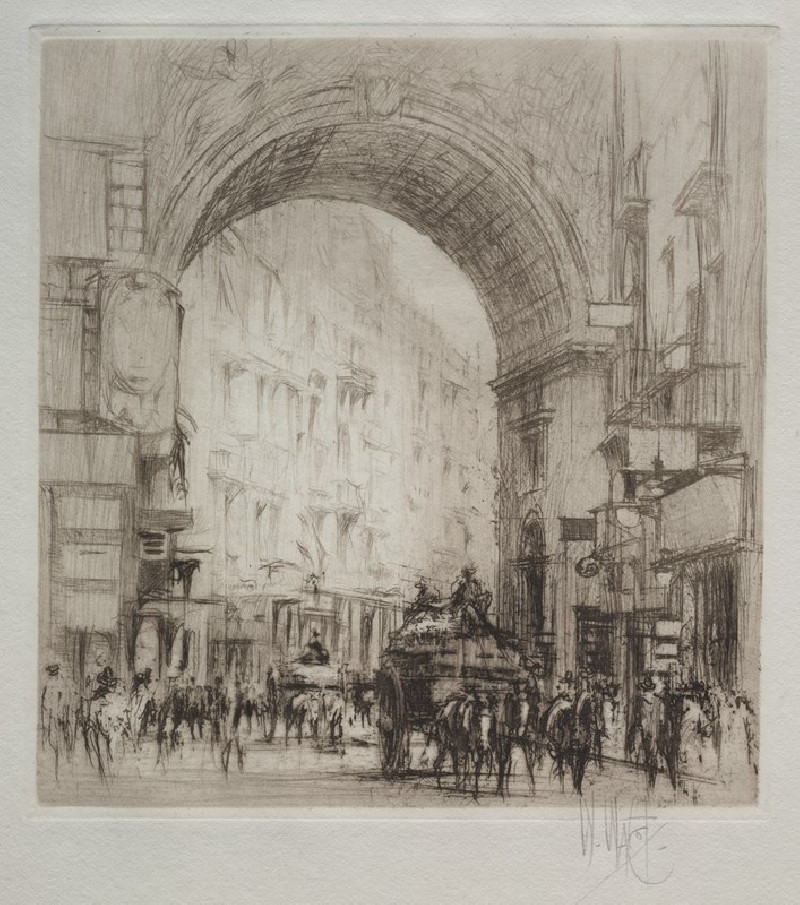Yellow Harbor (1921)
Technique: Giclée quality print
Recommended by our customers
More about this artwork
"Yellow Harbor" by Paul Klee, painted in 1921, is a captivating example of the artist’s mastery in blending abstraction with hints of reality. This work intriguingly employs subdued color gradients in the background, with a soothing overcast of grey melding into a gentle cream that houses the main subjects. Klee's iconic style is evident in the whimsical yet structurally intriguing harbor scene depicted.Central to the painting, Klee sketches an array of nautical elements that seem to float on a quasi-abstract plane. The image features ships and boats, laced with delicate, fine lines and miniature details that draw the eyes into a bustling maritime activity. These vessels, meticulously detailed with their masts, hulls, and rigging, evoke a sense of intricate craftsmanship and whimsical exploration. Their arrangement on the canvas seems both methodical and dream-like, as if capturing a fleeting moment in a bustling harbor.This brief but potent scene in the harbor setting is visually anchored by what appear to be maritime tools, with gears and wheels interplaying—perhaps indicative of the machinery used in nautical navigation or shipbuilding. The schematic nature of these drawings, with their engineering-like precision interspersed with playful abstraction, invites viewers to navigate through layers of interpretation."Yellow Harbor" not only demonstrates Klee’s fascination with color and form but also reflects his ability to evoke narratives through abstract constructs. The painting invites exploration of thematic elements such as voyage, exploration, and the intricate dance between chaos and order.This artwork holds a special place on our website, offering visitors a glimpse into the innovative spirit of early 20th-century modernism through the lens of Paul Klee's unique perspective.
Delivery
Returns
Paul Klee was a Swiss-born German artist. His highly individual style was influenced by movements in art that included expressionism, cubism, and surrealism. Klee was a natural draftsman who experimented with and eventually deeply explored color theory, writing about it extensively; his lectures Writings on Form and Design Theory (Schriften zur Form und Gestaltungslehre), published in English as the Paul Klee Notebooks, are held to be as important for modern art as Leonardo da Vinci's A Treatise on Painting for the Renaissance.































